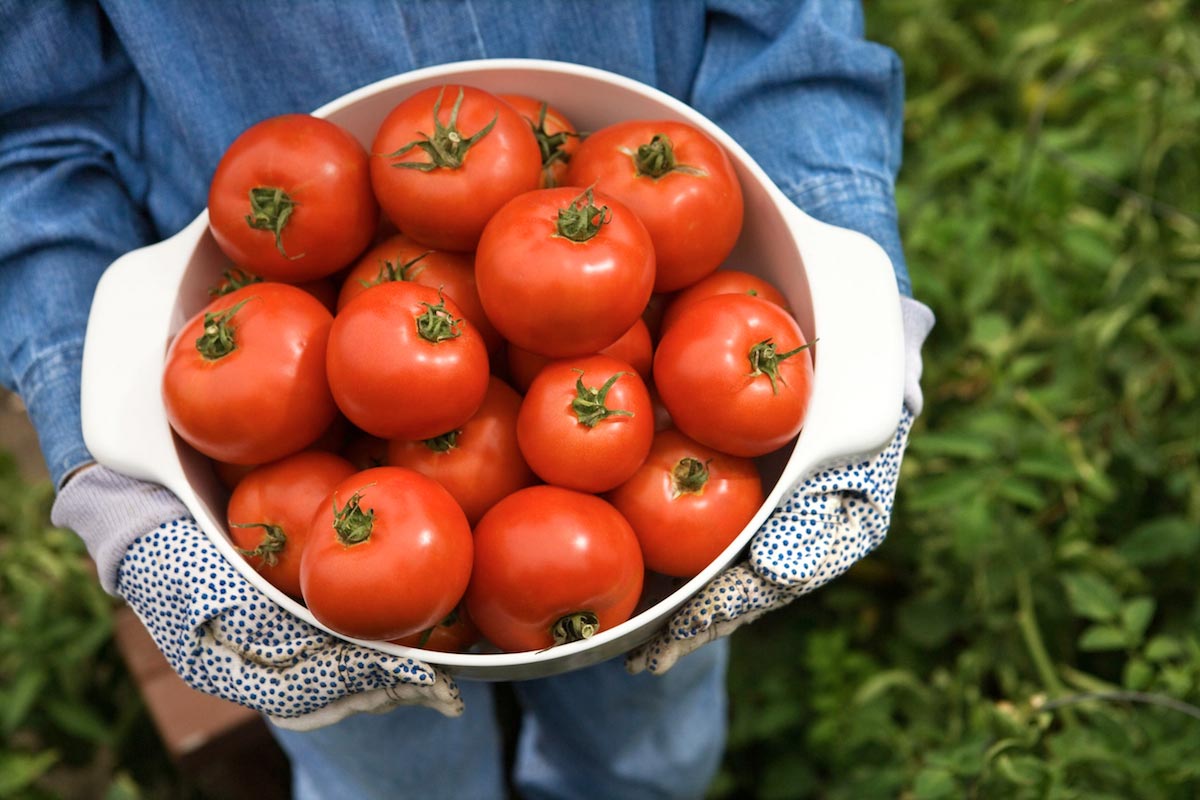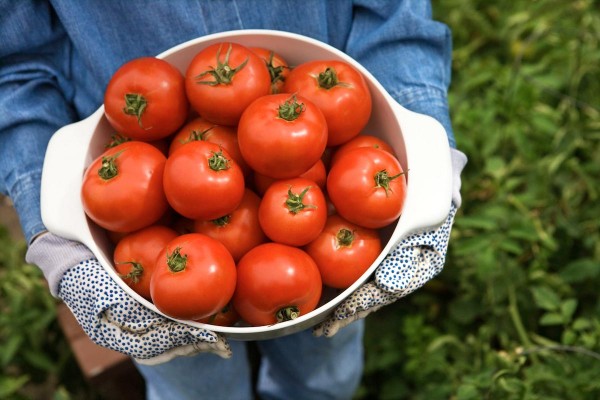(Homesteading.news) Okay, so you’ve made the decision to start living a simpler, more organic and wholesome life, but you realize that a) you’re trapped in suburbia and have little room to work with (and regulations to follow); b) you’re lucky enough to have a little land outside of town, but it’s just that – a little land.
No problem.
All you need to do is simply assess your situation as you have and decide how best to utilize the space and ground you do have. Here are six things to consider:
- Check local ordinances: Even if you’re outside the city limits and not subject to neighborhood zoning rules or regulations, you will need to find out if there are any local environmental or even rural zoning laws that you’ll need to comply with before you ever buy your first seed or breed of livestock.
- How much space do you have? Have you checked to see where your property lines end and your neighbors’ begin? If you’re able to have some small livestock – say laying hens, for example – do you have the space for them and a garden, if you want both? Know that a small suburban lot isn’t going to support larger animals like pigs, and even if you barely had enough room, after a couple summer days of smelling hog or cattle droppings, even the most friendly of neighbors is going to turn on you. You may have to ditch the animals altogether and just stick to a garden instead; you can always buy your organic, non-steroid meat, poultry and eggs from local farms.
.jpg)
- What do you like: When deciding what to grow in your garden, take stock of what you and your family like to eat the most and see if you can grow it where you live. You’ll have to take into account a number of things like climate, growing season, soil quality and so forth. You may love pineapples but they tend not to grow well in colder climates with shorter seasons.

- Weather patterns: For the most part you can grow nearly any vegetable you can think of in North American and European climates, so weather won’t necessarily be an issue. What will make a difference is the length of growing seasons. If it stays colder longer where you live – say, into late May/early June – that might not be the best place to grow sweet potatoes, for example. So you may like an assortment of veggies and herbs, but learn to love those that grow best where you live.Something else you can do to extend growing seasons: Consider a greenhouse (if you have the space).

- What’s your soil like: If you have good, rich soil, you’re in luck – anything can grow in it. But if you live in a place where the weather is arid or the soil more sandy and tropical, that changes things. You may have to “import” soil – that is, find a lawn and garden shop nearby and see if you can purchase enough to fill a couple of grow boxes which you can make easily with 2-by-8’s and some wood screws. You can also check out the USDA’s soil sample site online.
- Predators: Let’s say you want to raise chickens and you’ve got permission to do so from the suburban association you live in, or you’re on your own small plot out of town. What are laying hens’ natural predators? In the suburbs you’re going to have to worry about dogs (cats not so much), but also, especially if your ‘burb is located near woods, other predators like coyotes and foxes. For your crops deer, squirrels and woodchucks love to munch on fresh produce.

And, as always, money is an issue: What can you afford, long-term?
Homesteading.news is part of the USA Features Media network of sites.


